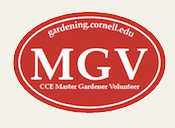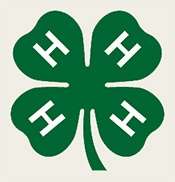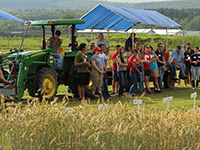Back to Sowing the Seeds of Success Homepage
Evaluation Toolkit Home | Evaluation Guidelines | Surveys | Interviews | Observation | Evaluation Links
————————————————————————-
“Assessing and evaluating a youth garden program is extremely important, yet so easily overlooked. Think about pre-assessment activities at the start of your garden program!” —Carolina Lukac, Garden Education Manager at the Vermont Community Garden Network in Burlington, VT

Evaluation Toolkit
Easy to use guidance, aimed at the educator with minimum experience with evaluation, for purposes of program improvement and documentation.
Measurable outcomes…impacts…assessments…Yikes!
For many, the idea of measuring the effects of your program is the single most daunting element of your work! With all that educators are juggling today, evaluation shouldn’t be painful. In fact, learning more about your efforts, with the hope of improving your approach and telling your story to others, can be very rewarding.
In a perfect world, we would all have had detailed course work in program evaluation, or we would be working with a highly trained program evaluation specialist. This typically isn’t the case, and many of our plates are too full to take the time to reflect and plan for evaluation.
With this in mind, we have created a simple evaluation toolkit. Our aim is to offer tools you can use in your programs, even while you’re on the run. Although this approach shouldn’t replace a thorough, long term evaluation plan, it can provide you with very valuable information that you can use to improve a program, report results, and plan for the future.
Ideally, evaluation:
• Begins before the program starts; in other words, before you begin your program you have a rough plan in place for how you’ll be measuring the desired outcomes in your participants.
• Is on-going. Throughout your program, you’ll check with your plan to see how it’s progressing, and perhaps modify it if you want more information.
• Includes at least three methods; this helps to strengthen validity.
• Is unbiased, objective, and neutral. We’ll take more about this with each of the methods below.
Here you’ll find a quick and easy guide to:
Self Assessment (pdf)
Quality Circles (pdf)
The Quick Whip (pdf)
Straight Talk(pdf)
Here are two evaluation activities that incorporate creative expression:
Garden Drawing Evaluation (pdf)
Know and Show Sombreros (pdf)











